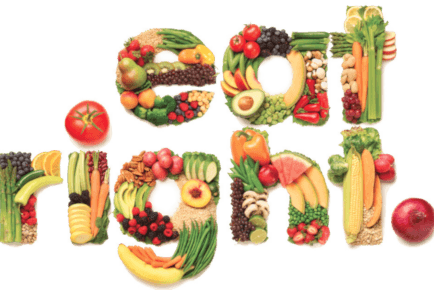We have created a complete guide about this topic before and in a post here. Good gut health increases our overall health and well-being. Our guts are where the production of essential neurotransmitters that regulate mood, such as serotonin and dopamine takes place. Our gut health impacts our overall immune system and the absorption of much-needed nutrients. Gut health also plays an important role in our recovery from mental health disorders, addiction and stress. Consideration should be given to maintaining a healthy microbiome. This post will look at the connection between healthy gut function and recovery, giving suggestions for how to improve gut function.
The Gut-Brain Axis
We have a gut-brain axis connecting our digestive tract and cerebral cortex. This communication pathway is responsible for regulating a large number of bodily functions including digestion, the immune system, and mood. Research has proven that gut microbiome health (the total collection of gut microorganisms) can have a significant impact on this important communication pathway.
Stress and Gut Health
Stress is an involuntary defence mechanism, triggered when we perceive danger. Increased harmful bacteria in the gut through the experience of chronic stress causes inflammation and may damage the gut lining. Chronic stress can lead to inflammation and damage to our gut lining leading to a condition known as leaky gut syndrome, essentially making our guy lining permeable making it possible for harmful substances to enter the bloodstream. This can result in health complications like autoimmune disorders, allergies and mental health conditions.
Addiction and Gut Health
According to research done, the state of the microbiome in the gut can also be a contributing factor to addictive behaviours. Also, addicted people have a unique intestinal bacteria composition when compared to non-addicted people. We also know that the microbiome of the gut can affect the brain’s reward pathways. This is vital info for addicted people as these are the same neural pathways associated with addiction.
Improving Gut Health
Our ability to recover from mental health conditions, stress and addiction can be improved through good gut health. Here are some suggestions:
- Eat a healthy diet
Rich in fiber, fruits, vegetables, as well as lean protein. - Take a probiotic
Probiotics are found in yoghurt and other food, but most recommend buying a supplement. These live bacteria can help restore the balance of your microbiome. - Reduce stress
Chronic (protracted or recurring) stress can harm your microbiome. Learning ways to manage stress, like meditation and regularly exercising can help. - Avoid processed foods
These foods are high in unhealthy fats and sugar. - Stay hydrated
How many times did your mother ask you to drink more water? Yip, she was right!
Diets That Promote Gut Health
The relationship between gut health and overall health is becoming increasingly clear. These days there are more and more diets gaining traction and popularity that promote good gut health. They seek to enhance gut microbial diversity, reduce inflammation, and enhance digestion. Here are a few well-known diets that are believed to support intestinal health:
- Mediterranean diet
Fruit, vegetables, whole grains, legumes, and fats found in olive oil and nuts. This diet has helped some people with it’s anti-inflammatory effects and improved gut health. - Low-FODMAP diet
Restricting the consumption of fermentable oligosaccharides, disaccharides, monosaccharides, and polyols (FODMAPs) helps to alleviate irritable bowel syndrome (IBS) symptoms. I know those are hella long words, but they’re all types of carbohydrates that can be difficult to digest. This diet involves total abstinence from high-FODMAP foods for a time, then reintroducing them in small amounts to determine tolerance levels. - Gluten-free diet
This diet eliminates all wheat, barley, and rye. For people with conditions like celiac disease, any gluten consumption can cause inflammation and, again, damage to the gut lining. A gluten-free diet may reduce inflammation markers in people with other autoimmune disorders. - Whole30 diet
Eliminate all grains, dairy, sugar, and processed foods for 30 days. If this helps you can start to gradually reintroduce these foods and get more info about what works for you and what doesn’t. Removing possible irritants and then improve gut health by focusing on whole, nutrient-dense foods. - Paleo diet
This has become very popular and focuses on whole foods, and unprocessed foods – like meat, fish, eggs, vegetables, fruits, nuts, and seeds. It eliminates grains, legumes, dairy, and processed foods. The diet apparently mimics what our Paleolithic ancestors ate. And improves your gut microbiome. - Plant-based diet
A plant-based diet emphasizes whole, plant-based foods such as fruits, vegetables, whole grains, legumes, and nuts. It excludes or only occasionally uses animal products. Fiber and phytonutrients found in a plant-based diet can help with gut health and inflammation reduction.







